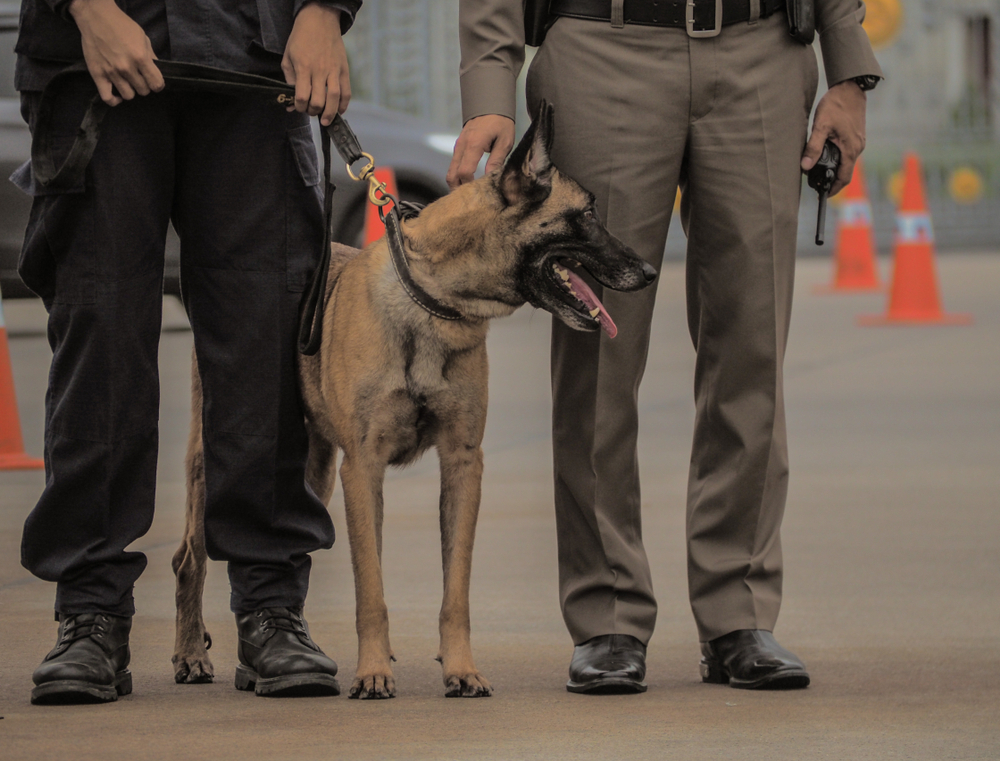
The Chicago Field Office (CFO) for U.S. Customs and Border Protection (CBP) employs 32 canine teams – each consisting of a dog and its handler – to detect drugs at airports, post offices, and other border entry locations.
The dogs are typically one of three breeds — Belgian Malinois, German Shepards, or Dutch Shepards. These enforcement dogs are trained for seven weeks at one of two training centers to learn the odor of common drugs
“Dogs were initially trained to detect cocaine, hashish, marijuana, and heroin,” John Rader, chief field canine advisor at CFO, said. “As time went on we added the odor of methamphetamine, then added the odor of ecstasy, and recently we added the odor of fentanyl to the training curriculum.”
They are also trained to identify the odor of fentanyl.
“Chicago has more Express Consignment Operations (ECO) than anyone else,” Rader continued. “Fentanyl was coming in through these ECO and the post office.”
The CFO also uses Beagles as agricultural dogs that search ECO and U.S. mail facilities.
“For the dog handlers they have to target an entire warehouse full of cargo,” Rader said. “It’s like trying to find a needle in a haystack. While an officer will screen 10-15 packages, a dog is searching 2,000 to 3,000 packages.”
Dogs that CFO employs for its canine teams are indeed a special breed.
“Quite a few years ago CBP held an open audition,” Rader said. “We saw 85 dogs, and only two made it past the initial testing phase. Out of those two that made it, only one graduated from the school.”
The dogs serve up to nine years. They form a special bond with their handler, and most handlers adopt their dogs once they retire.
“I’ve been doing this for 27 years and have retired 75 dogs. Only one or two handlers have not adopted their dog,” Rader said. “But no matter what we always find them a home.”




